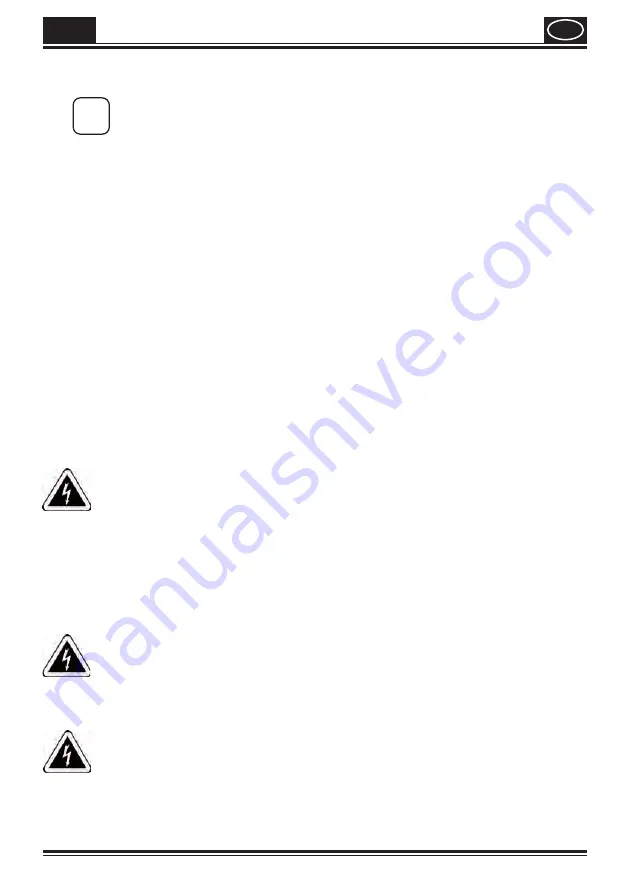
GB
25
W 450
3) Screw of the container and empty it. Pull out the suction tube with container seal.
4) Preclean the container and feed tube with a brush. Clean the ventilating bore (Fig. 11, 1).
i
We recommend the use of a common household washing-up brush to
clean the container.
5) Pour water or solvent into the container. Screw the container back on.
Do not use flammable materials for cleaning purposes.
6) Assemble the gun again (Fig. 5).
7) Turn on the machine and spray the water or solvent into a container or a cloth.
8) Repeat the above procedure until the water or solvent emerging from the nozzle is
clear.
9) Turn off the machine and divide the spray gun.
10) Screw of the container and empty it. Pull out the suction tub with container seal.
CAUTION!
Never clean seals, diaphragm and nozzle or air holes of the spray gun with
metal objects.
The ventilation hose and diaphragm are only solvent-resistant to a limited
extent. Do not immerse in solvent, only wipe.
11)
The unit may only be operated with an integer diaphragm (Fig. 12, 3).
If any
paint has penetrated to the ventilation hose, check and clean the membrane (see the
Maintenance chapter).
12) Move the air cap (Fig. 13, 1) to the vertical position for easier removal and lift it off.
13) Unscrew the union nut (fig. 13, 2). Clean the air cap (1) and nozzle (3) with a brush
and solvent or water.
Attention! Never remove the red nozzle seal from the nozzle. If the nozzle
seal is either missing or damaged liquids can enter the device and increase
the risk of an electric shock.
14) Clean the outside of the spray gun and container with a cloth soaked in solvent or
water.
15) Assemble the parts again (see “Assembly”).
Assembly
Attention! Never operate the device if the nozzle seal is either damaged or
missing. If the nozzle seal is either missing or damaged liquids can enter
the device and increase the risk of an electric shock.
1) Check the nozzle seal (fig. 14, 4) in the nozzle.
2) Screw the union nut (Fig. 15, 2) onto the gun and tighten it.
Tighten the union nut (Fig. 15, 2) fully so that no paint is able to penetrate
the device.
3) Engage the air cap (Fig. 16, 1) with the union nut.
Check if the air cap has properly
locked into place on both sides. (Fig. 16, 2)
4) Place the container seal from below on the suction tube and slide it over the collar,
while turning the container seal slightly.
Summary of Contents for W 450
Page 1: ...wagner group com D GB NL F WALL SPRAYER W 450 ORIGINAL BETRIEBSANLEITUNG ...
Page 3: ...W 450 4 a b click 5 A B 3 ...
Page 4: ...W 450 20 30 cm 10 1 2 6 A B 7 1 8 1 11 9 a b ...
Page 5: ...W 450 1 2 3 12 1 2 3 13 4 14 2 15 1 2 2 16 ...
Page 6: ...W 450 17 ...
Page 8: ...W 450 66 1 15 D 16 30 GB 31 46 F 47 62 NL Fragen Questions Des questions Vragen ...
Page 72: ...64 W 450 ...
Page 73: ...65 W 450 ...
















































